The idea here is to explain how to create and promote something controversial or viral for social media and news outlets.
People have a tendency to focus on the bad or controversial over the good or normal. Whenever someone introduces something that does not necessarily follow the norm, focus is placed heavily on the actions of that individual. So, when someone says or does something like that, it spreads primarily through social media like wildfire; this is known as being viral. With the amount of social media sites and readily available and easily accessible technology, people can almost begin to see or read said controversy the moment it happens. To illustrate this idea, this set will explain the process and demonstrate an example at the same time.
WARNING: If you do not wish to possibly be ridiculed, insulted, or recieve negative feedback, do not read this article.
Step 1: Decide the controversy
What is it that you want to show the world that you feel is counter-culture? How does this idea go against what is considered "normal" by societal standards? Who can be expected to be offended by this? Does it counter things like politics, laws, culture, religion, and so on? These are things that need to be addressed before one can set out and bask in the hate mail they hope to recieve.
For our example, we can look at the relationship Bert and Ernie have on the childrens show "Sesame Street" and how they have promoted homosexuality, leading people astray from traditional heterosexual behaviour and increasing homosexuality in North America.
Depending on the kind of controversy you wish to present, you can take different approaches. One such way would be to capture it on video. That would require more tools and possibly more technological knowledge, but present the message better visually. Some people tend to understand messages better whenever there is a clear visual representation in front of them. However, this article will focus primarily written controversies, such as other articles, stories, comments, or statuses. These can come in all forms of media, such as in print through magazines or newspapers, or online through websites and social media networking. Figure out the best way for your message to get across.
Our example will be written and published as an opinion paper through a newspaper website (like the Gazette).
Step 3: Do a bit of research
There is nothing worse than having a great idea but have no way to promote or show it. Even worse would be finding out that someone else has already published. While it is possible to help stir up more controversy over something previously stated by others, it is usually best to have a fresh idea or "new spin" on something. Saying that a white board is white many times does nothing to generate any type of viral reaction from viewers. Learning more about a subject can only help create the idea that is being promoted.
With our example, we can look if anyone has commented on Bert and Ernie's sexual orientation, and try to put a different spin on it. Currently, people in the gay communities believe them to be mascots for homosexuality. We are trying to promote them as the cause for an increase in homosexuality in North America. We could try to get numbers for homosexual men who watched Sesame Street over the years or children who watch the show but may be "confused" about their sexuality.
Step 4: Begin creating
Now is the time to start writing down (or filming) the controversy. It should be clearly stated or portrayed; something that is grammatically poor or written lousily will be ridiculed for those things instead of what you are writing about. The hate mail will begin, but not for the original purpose. Depending on length, the product could be formatted to fit in a comment box, or pages of work for newspaper agencies, blogs, and more.
Depending on where we would go for our example, the amount of text required would vary, along with our evidence. For an opinion paper submitted to a news agency, the word count may be restricted, which may make it harder to get our point across. We need to be concise with our work while also being absurd and controversial.
Step 5: Edit (Optional)
Here, the product should be revised, edited, and made clear to the readers or viewers, depending on the medium. If the product is a spur of the moment video, simply skip to Step 5. If the product is a written one or a planned video, editing for clarity is best. As previously stated, no one should want a video or article to go viral for sily speling mistkaes. It may lose its purpose as being a controversial product for the content.
Our example is that of the written article, so we would need to ensure that we edit it as thoroughly as we can. We want to start a controversy, not become the laughing stock of the internet.
Step 6: Deliver and Share
Once the product is ready, choose where the product will be shared. It could be through social media sites like Facebook or Youtube, newspaper sites like the Gazette, or any place that could have a comment box, such as Huffington Post or sports networks. You could also mail in a video or letter to media or news agencies, like CTV, but sometimes it may be easier just to do it from a computer where you can recieve gratification almost immediately. Promoting it through various sites would help send out the message of the product as well.
Posting our article on a site like Facebook may garner some attention, but trying to make a statement and sending it to a news agency online or posting it in various chat/comment boxes associated with the show (like PBS or the Family Channel Network) may begin to get it noticed. Then we can share to Twitter, Facebook, and Youtube (if we decide to make a video).
Step 7: Bask in the hate
If the product is sent through an account attached to the producer, said person may begin to receive negative comments or reviews almost immediately. For example, if it is a video on Youtube, a publisher is always attached to the product and can begin receiving comments as soon as it is up. Now is the point in time when the writer can sit back, relax, and enjoy the carnage their words of horror has created.
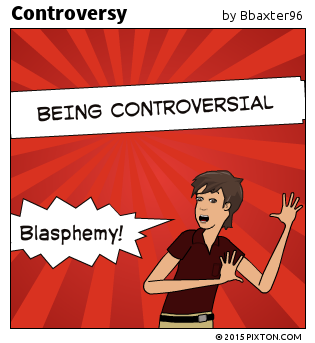
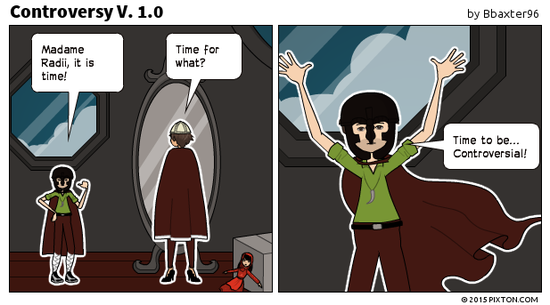
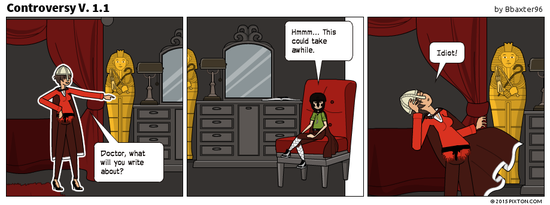
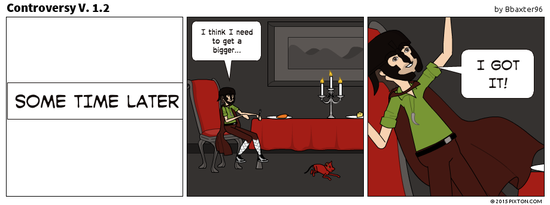
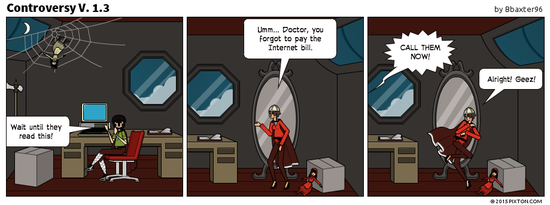
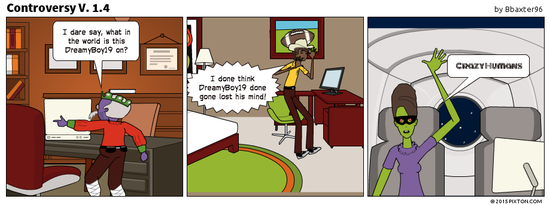
Leave a comment